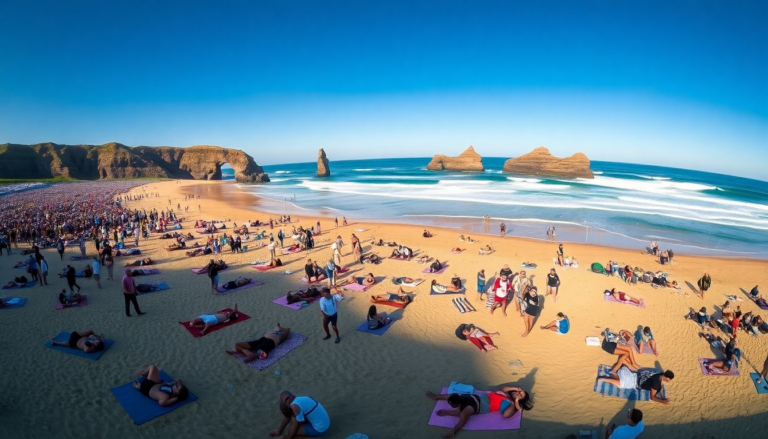Argomenti trattati
Imagine standing on a breathtaking beach, the sun warming your skin, and the sound of waves crashing against the shore. Now picture that same scene, but with throngs of tourists jostling for space. This is the reality of Tenerife, one of the most beloved destinations in the Canary Islands, where overtourism is no longer a distant concern but a pressing challenge. As the island grapples with the impacts of mass tourism, authorities are taking bold steps to ensure that the beauty of Tenerife isn’t sacrificed at the altar of visitor numbers.
Tackling the tide of visitors
In recent years, Spain has raised its voice against uncontrolled tourism, and Tenerife, the crown jewel of the Canary Islands, is stepping up to the plate. The first quarter of 2025 alone saw over 4.3 million international tourists flood the islands, prompting urgent action. Enter new regulations: daily visitor limits, mandatory reservations for popular hiking trails, and even an eco-tax aimed at preserving the island’s resources. It’s a revolutionary move that may very well set a precedent for other tourist hotspots across the globe.
One cannot help but recall the images of protests from April, where banners proclaimed, “The Canaries have a limit.” It’s a sentiment echoed by locals who have witnessed firsthand the strain that such high visitor numbers can impose on their communities. Just like a crowded restaurant that loses its charm, Tenerife is keen to preserve its unique allure while welcoming travelers. After all, as many know, tourism should enrich both visitors and residents.
New measures in the Anaga Rural Park
The Anaga Rural Park, with its dramatic mountains, pristine beaches, and quaint agricultural villages, is leading the charge in implementing these new measures. The local council has approved a cap on daily visitors and a ban on tourist buses in certain areas. This isn’t just about reducing numbers; it’s about creating a more authentic experience for everyone involved. I remember visiting Anaga a few years back and being captivated by its untouched beauty. The thought of it becoming overrun with tourists is disheartening.
But the efforts don’t stop there. The Teide National Park, home to Spain’s highest volcano and a UNESCO World Heritage site, is also entering the fray with regulated access. An online reservation system for specific trails will soon be in place, and an eco-tax will be introduced for those daring enough to reach the summit. These measures aim to maintain the integrity of the park while ensuring that its natural wonders can be enjoyed for generations to come.
Balancing tourism and local life
While these measures are a step in the right direction, many environmental groups argue that they don’t go far enough. With approximately 4 million annual visitors to Teide alone, calls for more decisive action are growing louder. The delicate ecosystems, flora, and fauna are under immense pressure. The question remains: Can tourism and nature coexist without one overshadowing the other?
The struggle against overtourism is palpable across Spain, particularly in its most iconic destinations. In Tenerife, residents are witnessing soaring housing prices, water shortages, and environmental degradation. Tensions have flared, leading to protests where citizens demand fairer, more sustainable tourism practices. Personally, I believe that striking a balance is crucial. We can’t simply shut the doors to travelers; rather, we need to cultivate a sense of responsibility and respect among visitors.
The future of tourism in Tenerife
According to recent studies, Spain may become the world’s most visited tourist destination within the next 15 years. But at what cost? Authorities are on a quest for equilibrium—between the influx of travelers and the welfare of local communities. Solutions range from moratoriums on short-term rentals to promoting slower, more mindful tourism. There’s a palpable excitement in the air, and it feels almost like a renaissance.
As I reflect on my travels, I can’t help but feel a sense of optimism. Sustainable tourism isn’t just a trend; it’s a movement. It’s about creating lasting memories without sacrificing the essence of the places we love. In the end, it’s not just about visiting beautiful places; it’s about preserving them for future generations to cherish. And who knows? Maybe the changes being implemented in Tenerife will inspire other destinations grappling with similar challenges. After all, as they say, a rising tide lifts all boats.

